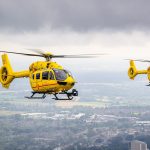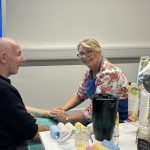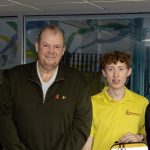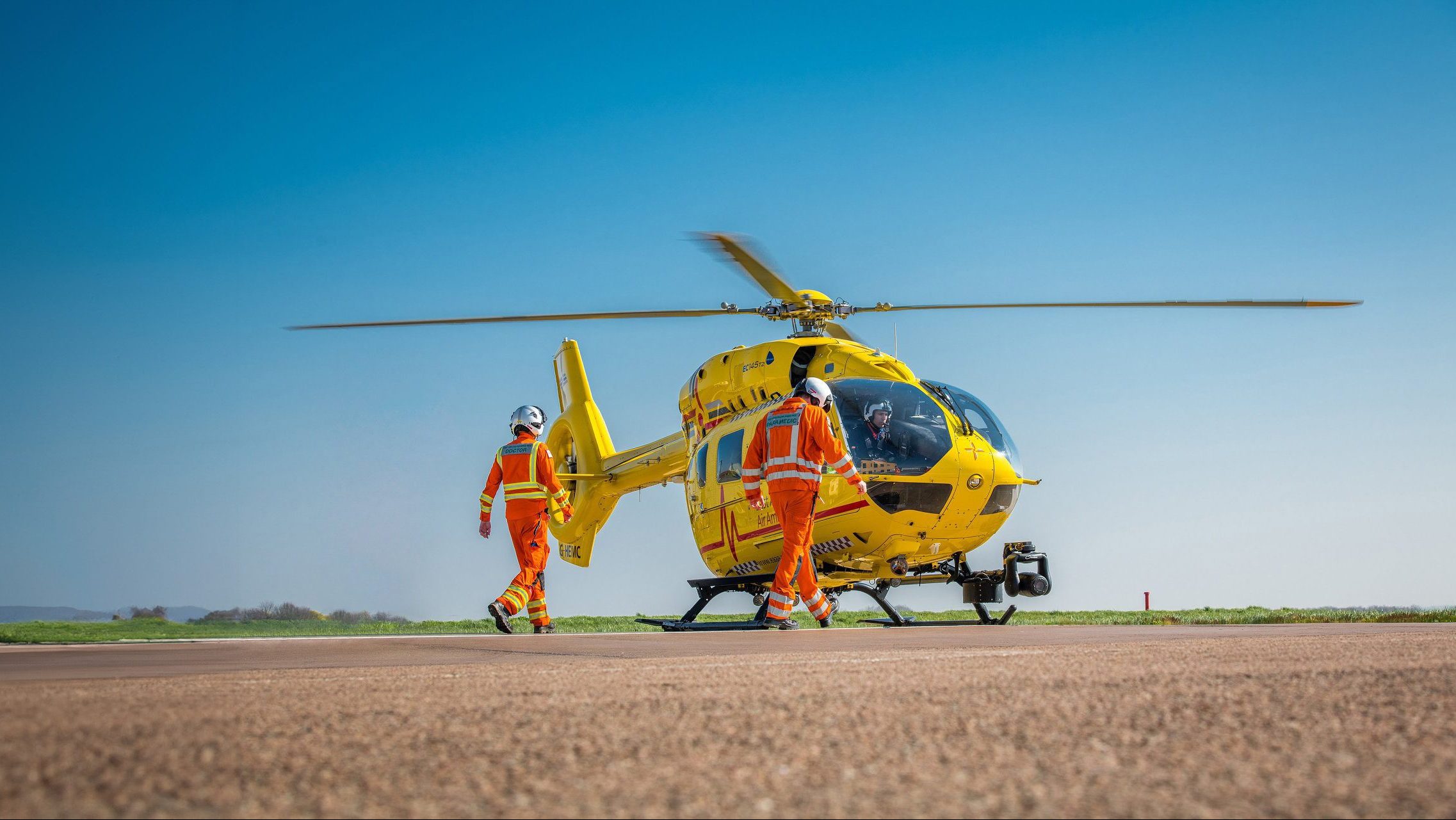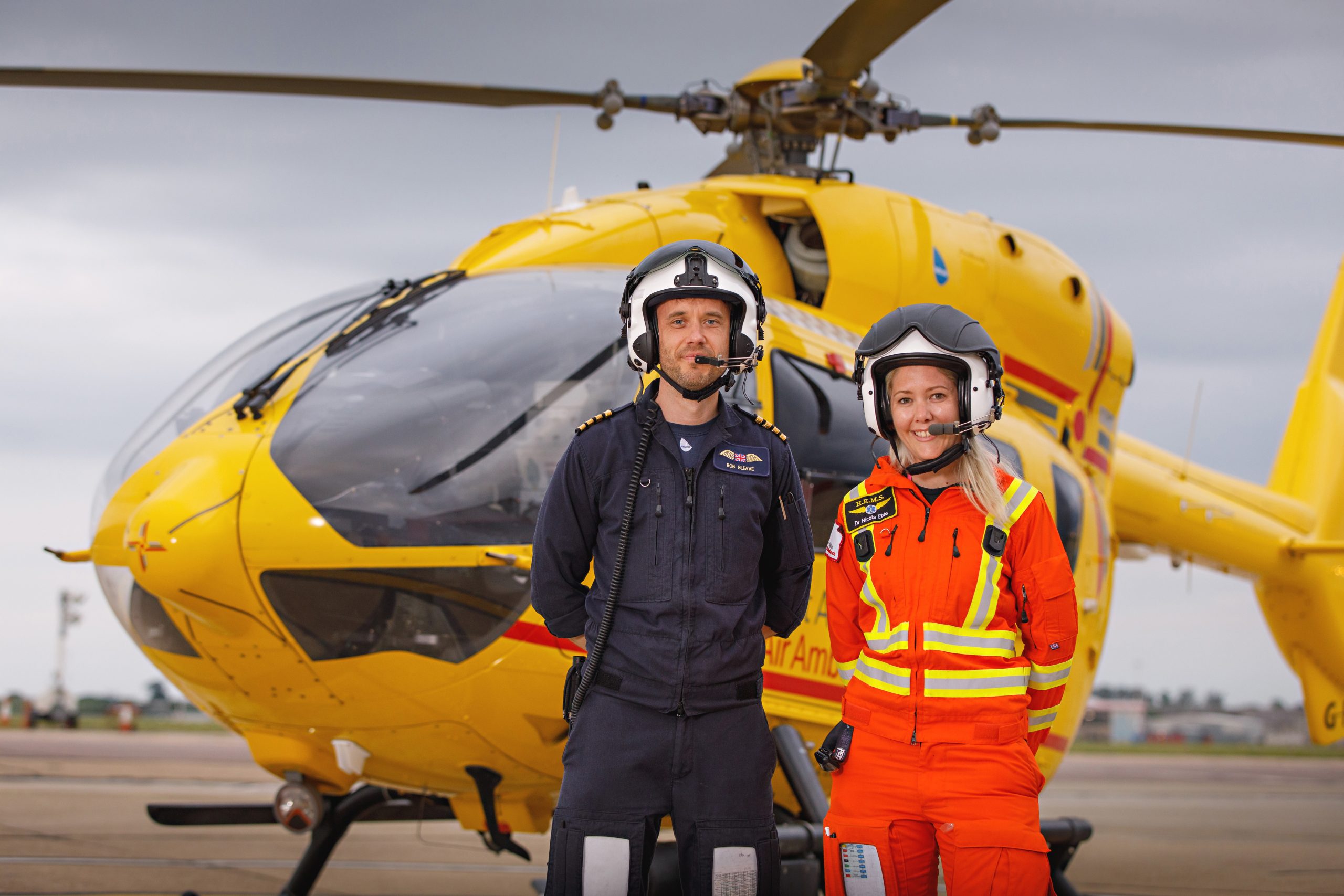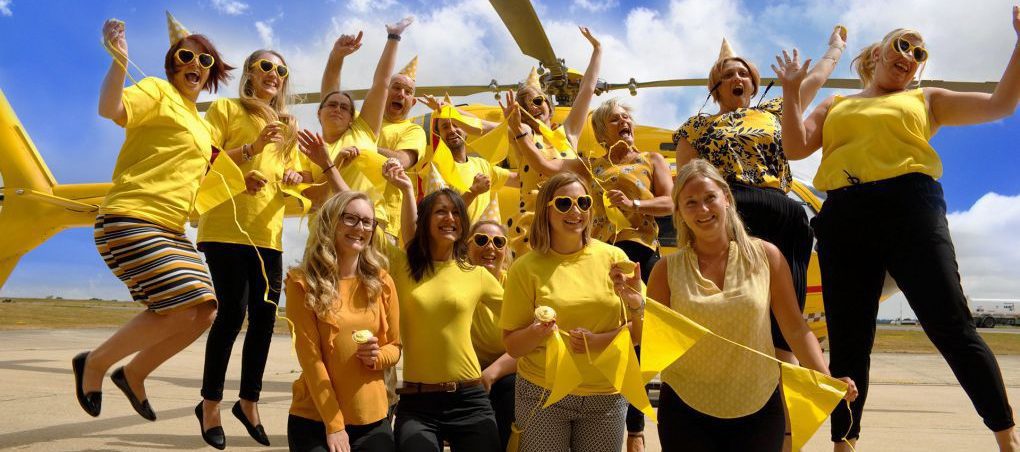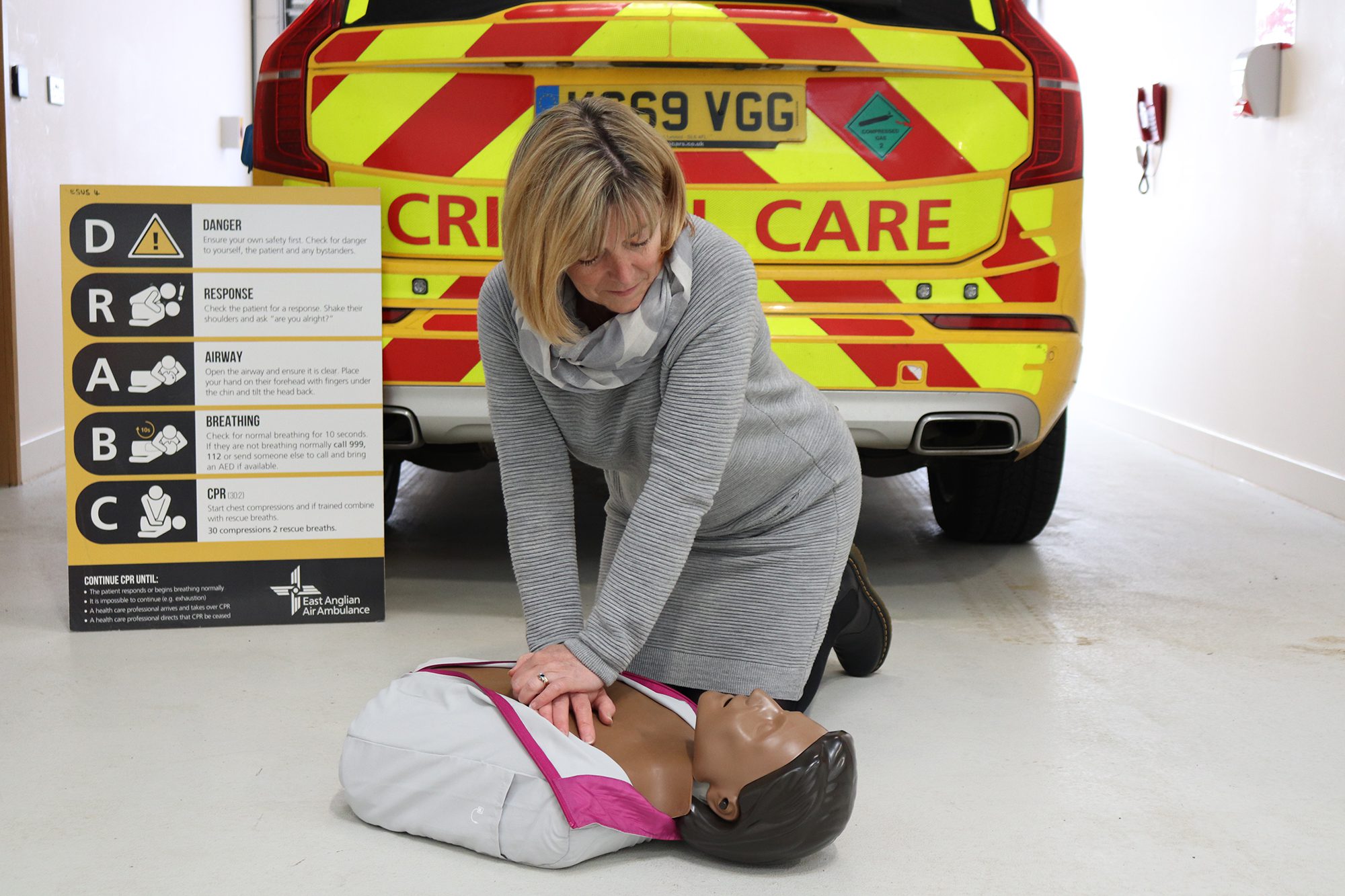14 Sep 2023
EAAA’s Year in Review 2023
It has been another busy year delivering life-saving critical care across our region, only made possible thanks to your support and generous donations. Together, we have treated more patients, saved more lives, taught more people life-saving skills, and collaborated in new and innovative ways.
See how you have made a difference
Key achievements you have made possible in the last 12 months:
- You provided life-saving care to over 1,900 people, that’s nearly 100 more patients than the previous year, an increase of 6%.
- You have enabled over 18,000 people to be trained in CPR and the use of a defibrillator.
- You have connected nearly 500 people with aftercare and their recovery journeys following their incident.
These major milestones for the charity would not have been possible without the dedicated support from across our region. Every donation, fundraising opportunity, and volunteer helps to make our ambitions a reality, and EAAA sincerely thank each and every person for their contribution, no matter how big or small.
Photo credits: Chris Taylor Photography
